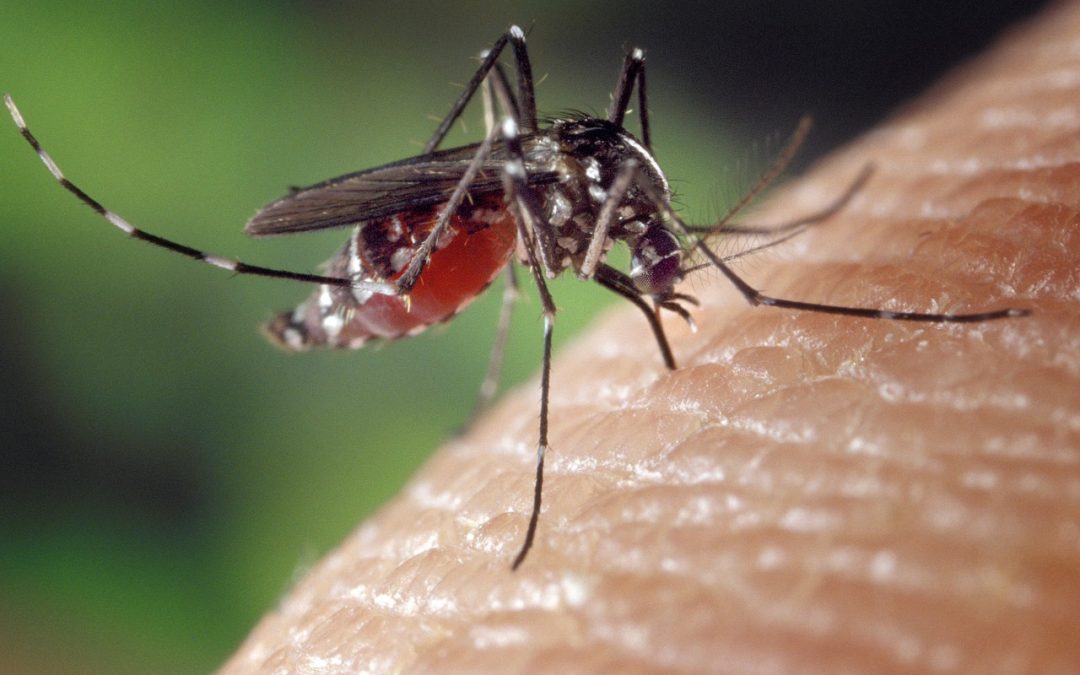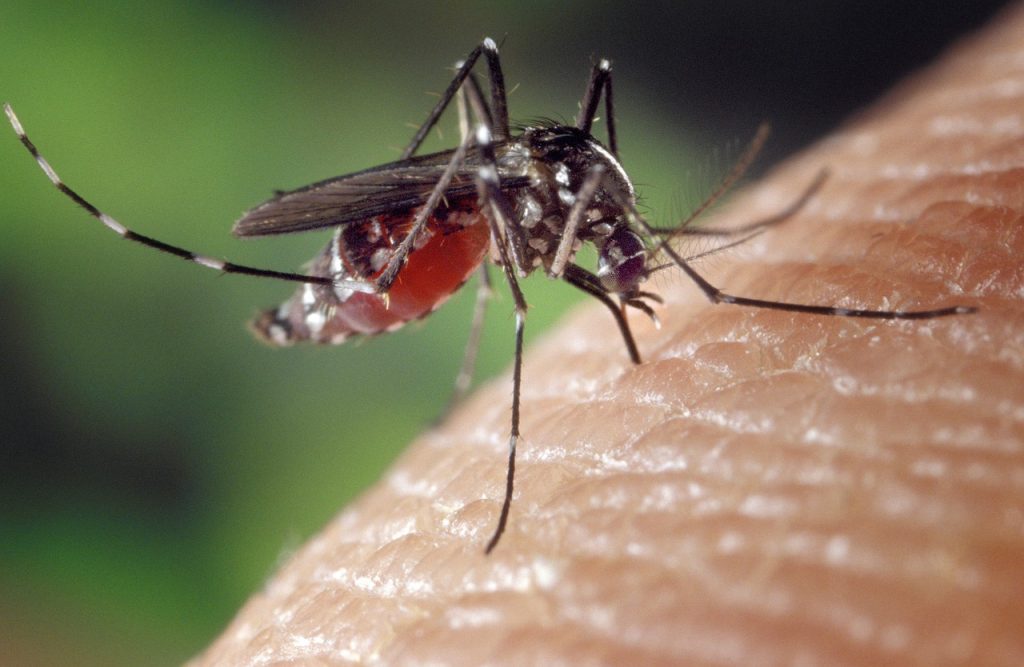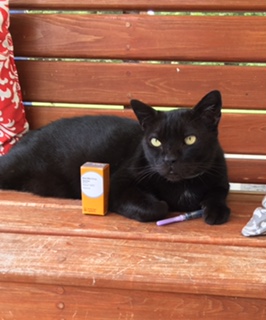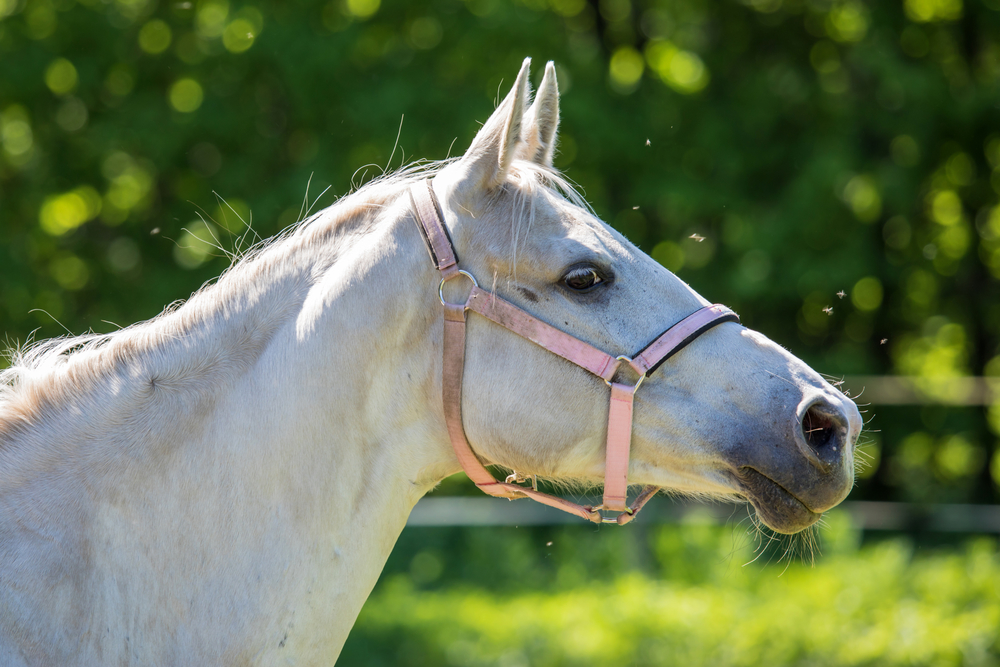
Sleeping Sickness in Horses
Tuesdays with Tony
Sleeping is just normal cat behavior. We’re simply resting up from the difficulties of constantly managing our humans. But wait, we’re talking about horses… that’s a whole different deal! Sleeping sickness in horses is really, really bad. It’s also 99.99% preventable. Let’s chat about mosquitos, viruses, and vaccines.
Sleeping Sickness
Let’s start with what I’m even talking about. There are lots and lots of encephalitic viruses around the world. To name a few: Eastern Equine Encephalitis (EEE), West Nile Virus, Japanese Encephalitis, Kunjin, and St. Louis Encephalitis. The list goes on and on and on. These viruses spend most of their time cycling through mosquitoes and birds. Infected birds get really high levels of virus, they get bit by a mosquito, that mosquito takes it to another bird, and around we go again.
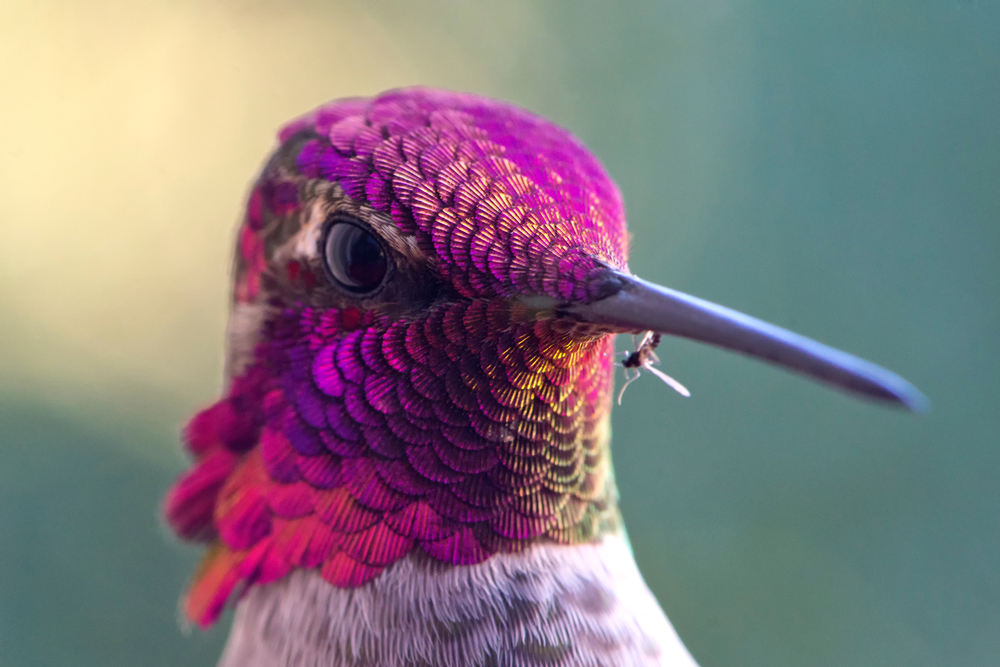
For many birds, this is no big deal. They aren’t terribly affected by the virus. The problem occurs when those mosquitos branch out to other animals. Most notably, humans and horses. That’s right, you humans can get encephalitis too! When the virus infects humans or horses, it causes a HUGE immune response in the brain. This immune response causes all kinds of problems. Often the horse (or human) becomes what my Docs call obtunded. It’s a great word. I try to say it all the time.
Obtunded is a fancy word for sort of sleepy, and not really responsive to the world around you. And that’s why it’s called Sleeping Sickness. Often, the first sign you humans report is that your horse is quieter than normal. ProTip: If your horse is ever quieter than normal, take their temperature. Normal is between 99.0-101F.
Here’s an interesting fact: humans and horses can’t even spread the virus. They don’t get high enough levels of virus in the blood. There’s no point in even infecting them, but these nasty viruses do it anyway. That’s ruder than when the humans are late with my breakfast.
Treating Encephalitis
Here’s a typical scenario for an encephalitis horse. You humans call and report your horse was acting a little quieter than normal yesterday, but not bad. Now your horse seems really, really quiet, but also isn’t sure where their feet are. They seem to almost be acting drunk. This report sends my Docs into high gear. They hate to hear this combination because it almost always means either EEE or West Nile here in Florida. If it’s Fall, West Nile is the more likely culprit, and if it’s not Fall then EEE is more likely. It’s also time for a real talk about future care for your horse.
If the horse is standing and looks like it will be able to continue standing, my Docs talk about trailering to a referral hospital. Many, if not all, of these horses will go down at some point. Most humans I talk to are quite sure horses can’t tolerate laying down for long periods of time. Not quite true. Horses can handle laying down, but those big bodies laying on pointy parts like hips and shoulders leads to bed sores like you wouldn’t believe. Referral hospitals often have slings, which allow the horse to be held up for some portion of the day. This helps all kinds of things, and prevents the worst of the issues.
Neurologic horses also require a LOT of nursing care. From fluids, to constantly fixing the bad positions they get themselves in, to offering food, and managing medications, these horses are a 24/7 job. If a referral hospital is an option, then the sooner they get there, the better. Because… the next step in encephalitis is ‘down and unable to stand,’ followed by seizures. This is the sad reality of EEE in particular, but often West Nile as well. These horses progress from being slightly dumpy, to acting a little drunk, to unable to stand, and then seizures.
The seizures are when things go from bad to way worse. Generally, once seizures start there is a very small chance even all the medical care in the world will be able to save that horse. This is often true for humans with encephalitis as well. The other very big problem is a 1200 pound creature having seizures. They don’t know what they’re doing, but they have just become incredibly dangerous to be around. This makes it nearly impossible to get treatment for them, or even euthanize them. My Docs try very hard to monitor these cases closely, and make the hard call before they get to the full blown seizure stage. Seizures can also be much, much better managed at referral hospitals. Yet another reason to have a plan for what you want to do with your horse in all kinds of emergency situations. They can do way more than just colic.

Prevention
Here’s the kicker. There’s a cheap, incredibly effective way to make sure you and your horse never have to go through any of this. It’s a vaccination. The basic vaccine contains Eastern and Western Encephalitis, West Nile, and Tetanus, which we call EWT. All of these are big, bad things that cause horrible deaths. And all are easily prevented with a vaccine.
If you’ve been paying attention to my profound wisdom, then you know in Florida, mosquitos can happen any day of the year. This means your horse should be protected year round for these viruses. That’s at least every 6 month vaccinations, because horses are not great at responding to vaccines.They lose protection quickly. There are many, many reports of horses at 7-8 months from their last vaccine contracting these viruses. It’s why my Docs say every 6 months on the nose.
If your horse is less than 3 years old or travels a lot, you should really look at every 4 months. The immune system isn’t all grown up before 3 years, so it takes a bit of extra vaccinating to keep it current, and lots of travel stresses the immune system and makes it respond poorly.
Basic vaccines are one of the key things you can do to keep your horse healthy. It also keeps my Docs happier. They absolutely hate to see encephalitis horses. They are heartbreaking, and easily avoidable!
Routine care keeps your horse happy and healthy, and saves you money. Let’s be honest. Horses aren’t great at saving you money. You need to be proactive on this front. Need help remembering that every 6 months part? Check out the really great Wellness Programs my humans have developed. They save you money, take worry away, and make a great Christmas present for every horse.
Until next week,
~Tony
P.S. If you want to get some expert-level knowledge on viruses and vaccines, you should check out the podcast my humans produce. It’s called Straight from the Horse Doctor’s Mouth, and they’re willing to talk about this stuff at much greater length than I am. You can find over 100 episodes on the Podcast Page of my website here, or search for it on Apple Podcasts, Audible, Spotify, or wherever you get your podcasts.
Tuesdays with Tony is the official blog of Tony the Clinic Cat at Springhill Equine Veterinary Clinic in Newberry, Florida. If you liked this blog, please subscribe below, and share it with your friends on social media! For more information, please call us at (352) 472-1620, visit our website at SpringhillEquine.com, or follow us on Facebook!
[jetpack_subscription_form title="Subscribe to Whinny's Wisdoms"]

